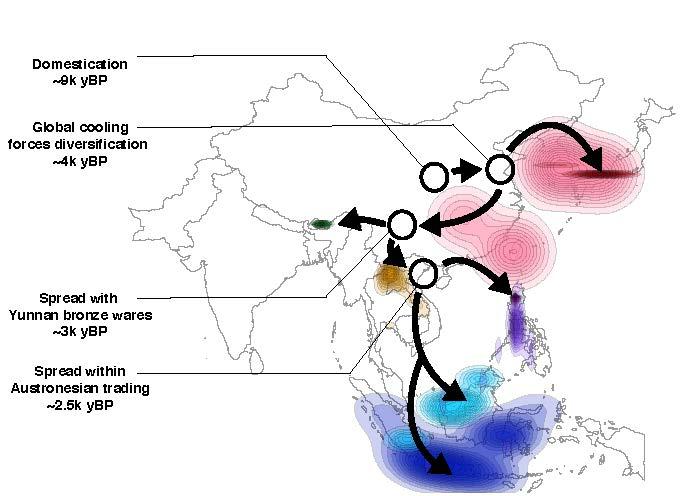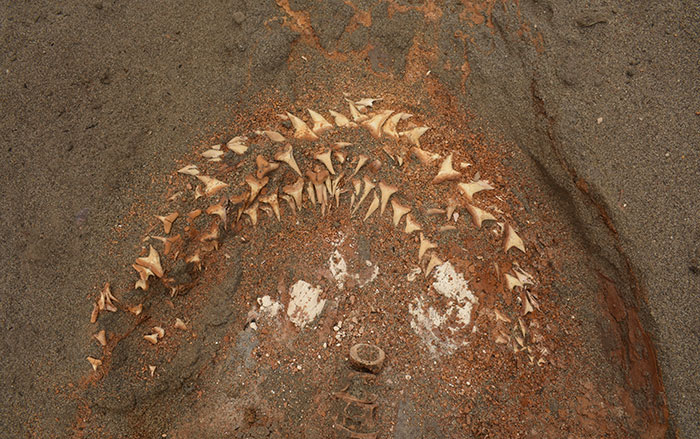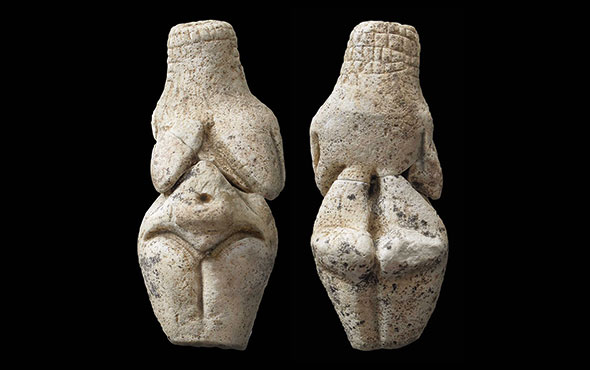
NEW YORK, NEW YORK—According to a statement released by New York University, researchers Michael D. Purugganan, Rafal M. Gutaker, and their colleagues combined information about the genomes of more than 1,400 varieties of rice with geographical, archaeological, and historical climate data to trace the spread of rice farming across northern and southern Asia. It had been previously thought that rice diversity was based upon the amount of available water, but the study suggests that temperature may have been the key factor. The researchers determined that the japonica subspecies of Asian rice, which was first cultivated in China some 9,000 years ago, was mainly farmed in China for some 4,000 years, until a global cooling event some 4,200 years ago. At that point, japonica rice split into temperate and tropical varieties. The temperate varieties were grown in northern China, Korea, and Japan, while the tropical varieties spread to Southeast Asia. The researchers explained that this change in varieties of rice some 4,200 years ago is reflected in the archaeological record. The genetic analysis and archaeological record also indicate that tropical japonica rice reached islands in Southeast Asia some 2,500 years ago through trade networks. The indica subspecies of rice, on the other hand, originated in India’s lower Ganges Valley some 4,000 years ago, and was probably first transported to China some 2,000 years ago. To read about how rice terraces might have helped the Ifugao resist Spanish colonization, go to "Letter from the Philippines: One Grain at a Time."











